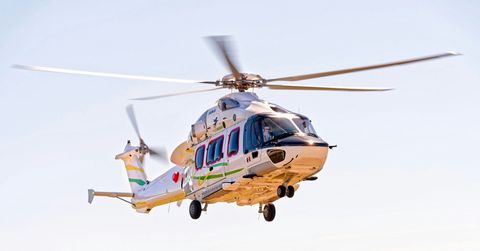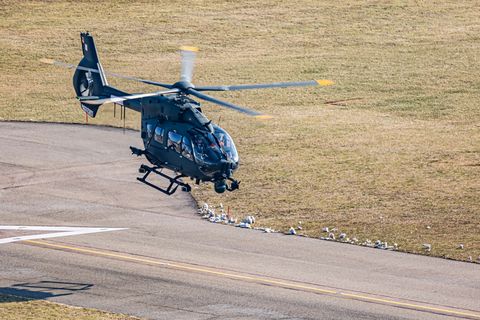The Racer is a real winner!
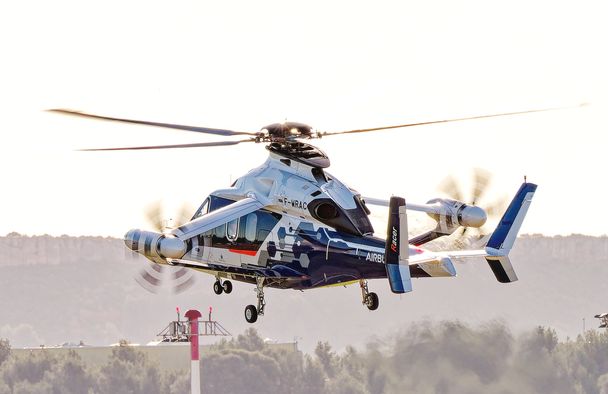
The first flight of the Racer marked the beginning of a new era. Its hybrid design offers simple, elegant solutions to the technical challenges of high-speed helicopters.
It was a few weeks before the first flight. The team was completing the final quality inspection of the Racer, prior to the first ground tests on the runway. Julien Guitton, who heads the programme, spoke of the pride his team felt at the time: “This is an incredible moment! In the life of any engineer or worker, preparing for the maiden flight of a new aircraft, especially one with such a high level of innovation, is a unique and extraordinary experience.” The final adjustments were made by a very tightly knit team, with no more than 50 engineers and workers on site, supported by the entire company and numerous partners. It was a commando operation that reflected the whole philosophy of the new aircraft: high performance and economy of use.
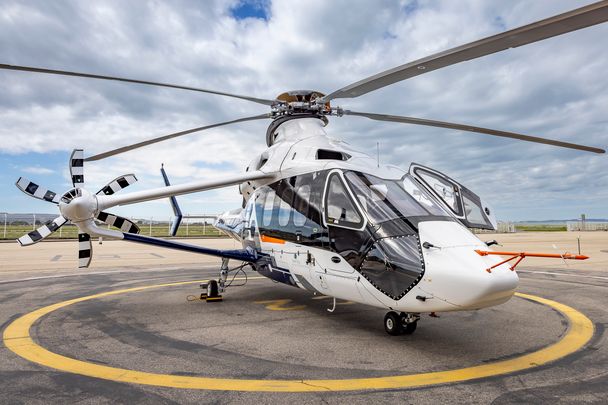
The perfect speed
“The aim of the Racer is not to go as fast as possible, but to offer enhanced operational capabilities at the right price for missions where speed can really be an asset,” sums up Julien Guitton. “When we ask end users whether high speeds are of interest to them, the answer is invariably ‘yes, but’. Speed at any price, without taking into account the economic and environmental impact, is of no interest to anyone.” When the project was launched, as part of the European Clean Sky 2 programme, the objectives were ambitious: a 20% reduction in fuel consumption and CO2 emissions compared with a conventional aircraft of the same weight, and an equally significant reduction in the noise footprint. The simulations, confirmed by initial flights, showed that the Racer met these requirements.
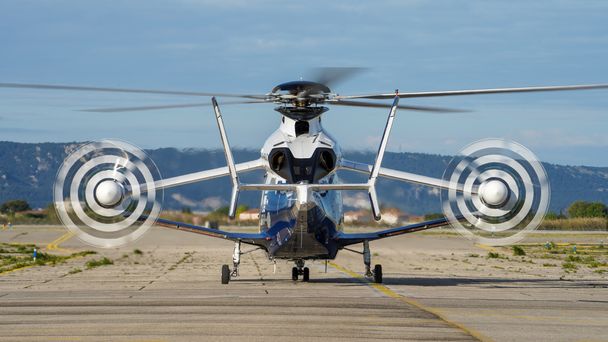
A winning formula
The key to this success lies in the aircraft’s ‘compound’ formula, which has already been successfully tested on the X3 demonstrator since 2010. The Racer combines a unique architecture (special fuselage aerodynamics, helicopter rotor, fixed wing and propulsive propellers) with innovative engine power management and an autopilot that knows how to make the most of this combination. “The Eco-Mode system, developed with the support of the DGAC (French Civil Aviation Authority) and several other partners, plays an essential role in delivering the performance we expect,” emphasises Julien Guitton. “It involves putting one of the two engines on standby during cruise flight, with the ability to restart it almost instantaneously if necessary. The aircraft flies slightly slower than it would with both engines running, but it’s still faster than a conventional helicopter. Above all, it saves 20% in fuel consumption.” The performance of the wing is also optimised in all phases of flight, thanks to the use of flaps placed on the trailing edge, contributing to lower fuel consumption. By providing 40% of the total lift, the wing takes the load off the rotor, reducing dynamic loads and vibrations. The Racer also promises to be more comfortable than a conventional helicopter.
“The flight control system and autopilot enable us to take full advantage of all the possibilities offered by the compound formula,” explains Julien Guitton, who also provides the following example: “By adjusting the distribution of power between the rotors, we can alter the position of the aircraft and carry out totally unprecedented low-noise approaches.” Other benefits are expected, such as longer maintenance intervals. “Our ability to validate technical solutions that offer long operating life cycles is a major challenge for this programme,” agrees our contact.


